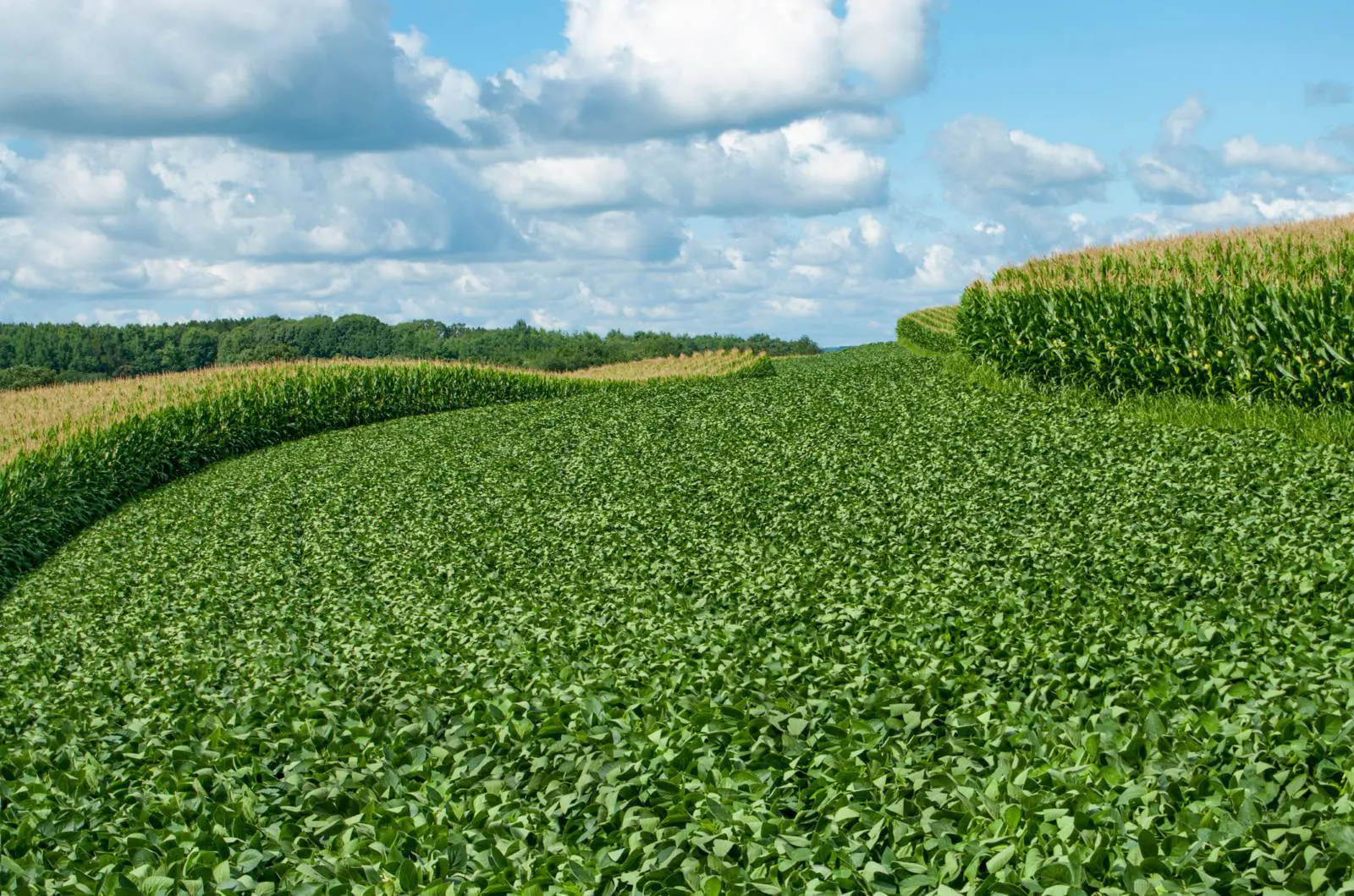The U.S. Soy Sustainability Assurance Protocol (SSAP) was created by the U.S. Soy Family – USSEC, the United Soybean Board and the American Soybean Association – in 2013 to outline the steps U.S. soybean farmers should follow to continuously improve their sustainability performance. These guidelines are based on the U.S. national system of conservation laws, which provide a quantifiable and results-driven approach that is today followed by more than 300,000 U.S. soybean farmers.

Below are a few highlights of the SSAP.
The SSAP is coordinated by the U.S. Department of Agriculture (USDA), which supports more than 90 percent of U.S. farmers in implementing conservation programs via its Natural Resources Conservation Services (NRCS). To qualify for NRCS support, implementation of conservation practices is mandatory. This is also part of SSAP auditing, which is conducted by USDA agents who serve as an independent third party.
Each year, more than 95 percent of U.S. producers participate in USDA commodity programs. To qualify for federal support, producers must implement a farm-specific conservation plan, developed in coordination with the NRCS, which audits conservation programs to ensure compliance.
The SSAP is positively benchmarked by the Independent International Trade Center (ITC) against the soy sourcing guidelines of the European Feed Manufacturers’ Organization (FEFAC). These guidelines address six key principles:
- Legal compliance
- Responsible working conditions
- Environmental responsibility
- Good agricultural practices
- Respect for legal use of land/land rights
- Protection of community relations
When exported, a certification of compliance with SSAP requirements is available upon request.
